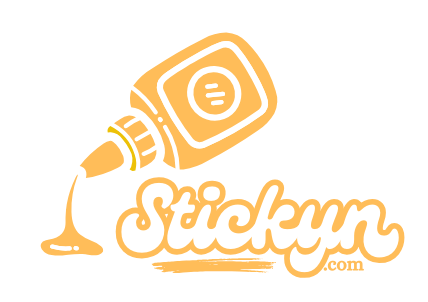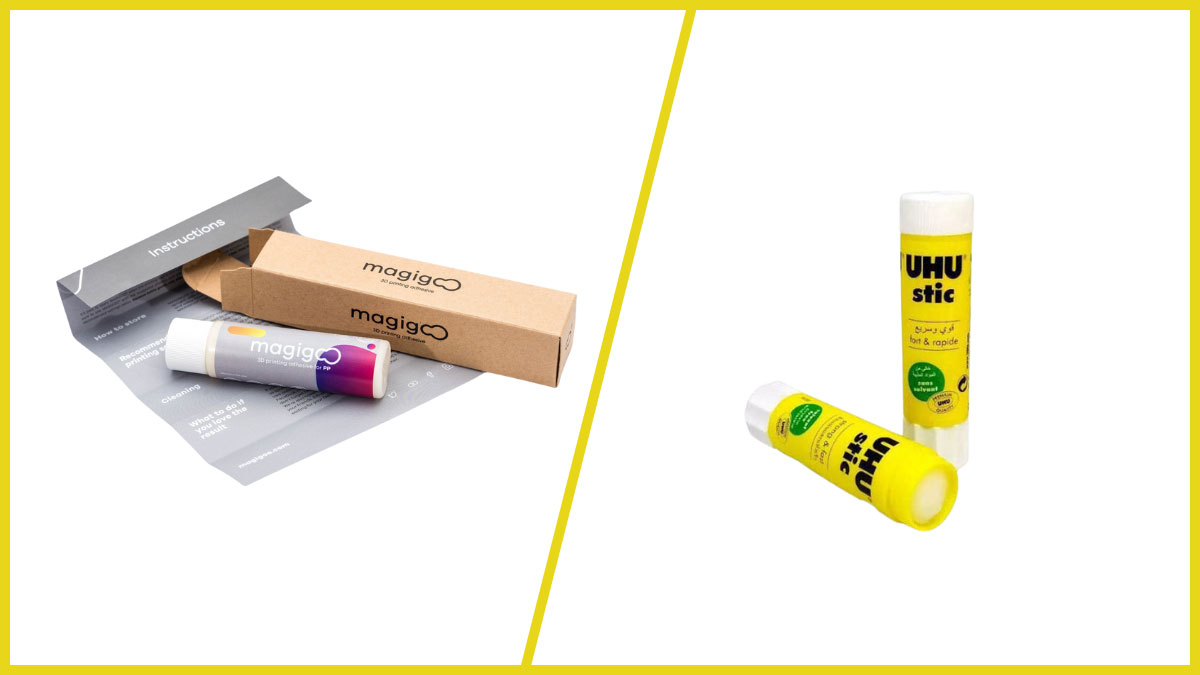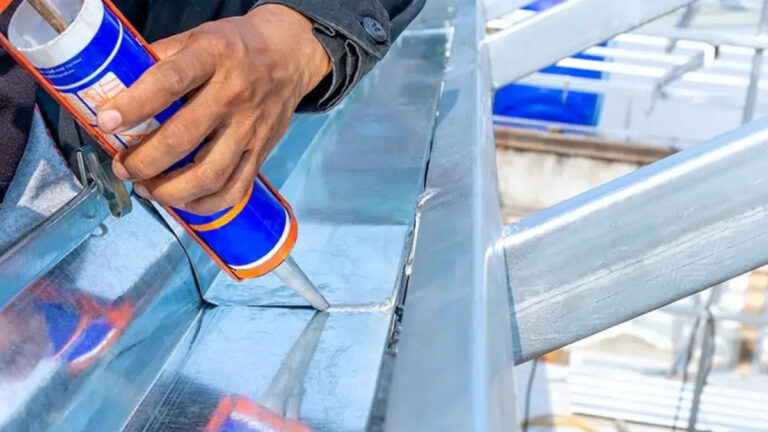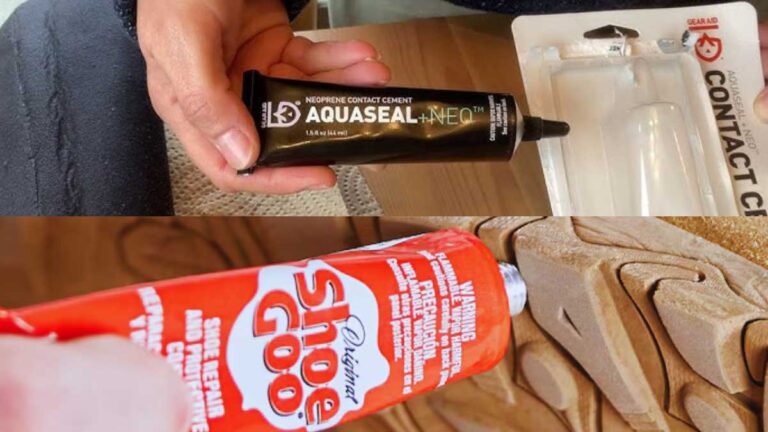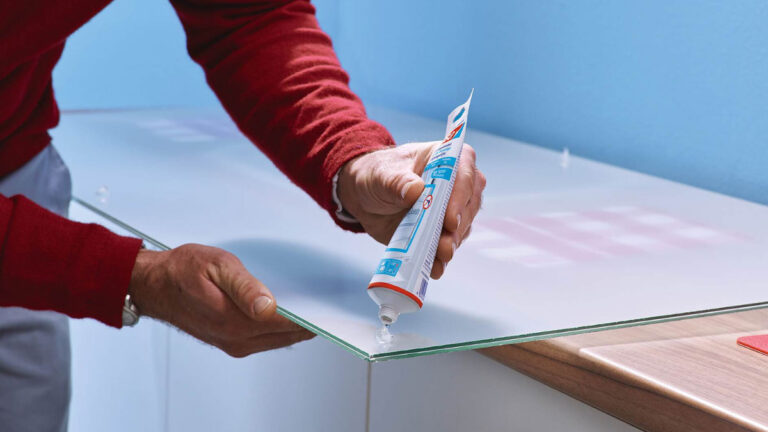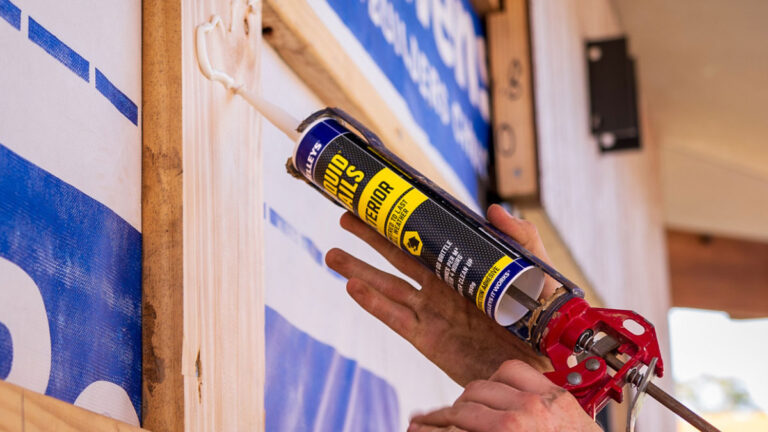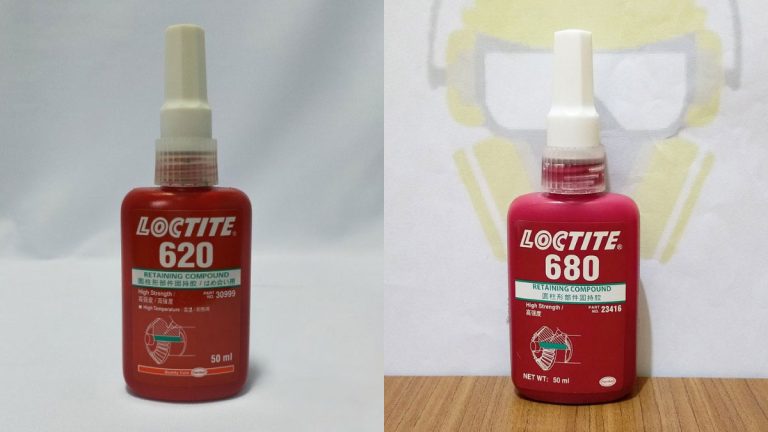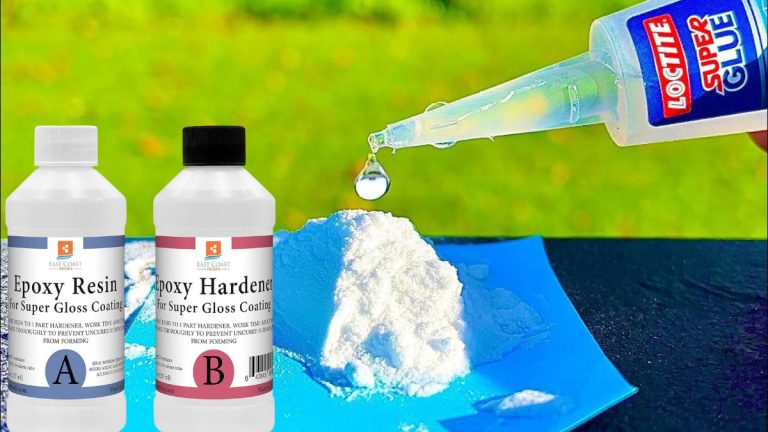Magigoo vs Glue Stick: Which is Best for 3D Printing Adhesion?
When it comes to 3D printing, bed adhesion can make or break your project. You might’ve heard of Magigoo and the trusty glue stick as popular solutions, but which one truly stands out? Both options promise to keep your prints firmly in place, yet they differ in application, effectiveness, and convenience.
Understanding the pros and cons of Magigoo versus a glue stick can save you time and frustration. Whether you’re a seasoned maker or just starting your 3D printing journey, knowing which adhesive works best for your needs is crucial. Let’s jump into the specifics to help you make an well-informed choice.
Key Takeaways
- Adhesion Quality: Magigoo offers superior adhesion for various filaments, including PLA, ABS, PETG, and TPU, ensuring prints stay firmly attached without warping. Glue sticks provide decent adhesion, primarily for PLA and ABS.
- Ease of Use: Magigoo’s liquid form and felt applicator make for a more precise and even distribution, simplifying application and part removal after cooling. Glue sticks are straightforward to apply but can result in uneven coverage.
- Cost and Longevity: Although initially more expensive, Magigoo is cost-effective in the long run, lasting for 100 to 200 applications. Glue sticks are budget-friendly upfront but require frequent reapplication, leading to higher long-term maintenance.
- Compatibility: Magigoo is versatile, working well with a wide range of filaments, including high-temperature materials. In contrast, glue sticks are mostly effective with PLA and ABS, making them less suitable for more complex projects.
- User Experience: Users find Magigoo easy to apply and clean, with effective print release once the bed cools. Glue sticks can occasionally make print removal challenging and messy, though they are readily available and economical.
Overview of Magigoo and Glue Sticks
Magigoo
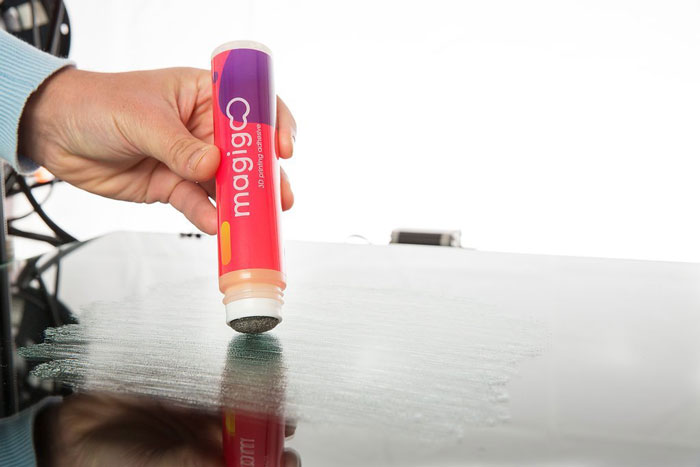
Adhesive Properties
Magigoo offers superior print bed adhesion for various filaments like PLA, ABS, PETG, and TPU. This liquid adhesive ensures even delicate objects attach well to the print bed without warping.
- Excellent print bed adhesion: Reliable performance for multiple materials.
- Liquid form: Allows for even distribution compared to solid glue sticks.
Ease of Use
Application involves pressing the felt applicator to release the liquid adhesive. It’s spread uniformly on the print bed, ensuring easy part removal once the bed cools down.
- Simple application: Similar to glue sticks but more precise.
- Easy release: Parts come off effortlessly after cooling.
Longevity and Cost
Even though an initially higher price, a single bottle of Magigoo lasts for 100 to several hundred applications, depending on print bed size. This makes it cost-effective in the long term, with each application costing only a few cents.
- Durable: Lasts for numerous applications.
- Cost-effective: Low per-use cost.
Glue Sticks
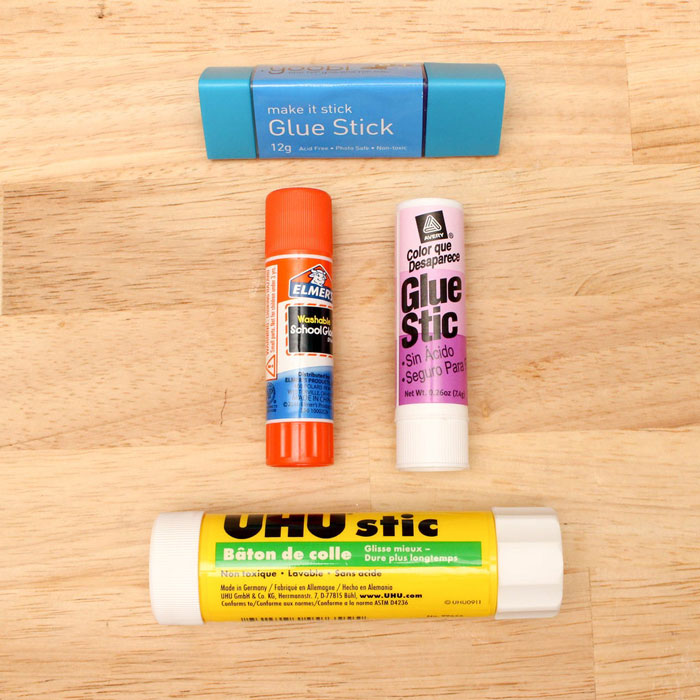
Adhesive Properties
Glue sticks offer decent print bed adhesion primarily for PLA and ABS filaments. They are a widely used option but can sometimes lead to uneven coverage.
- Good for basic adhesion: Effective for PLA and ABS.
- Solid form: Easier to apply but less precise.
Ease of Use
Glue sticks are simple to use, requiring direct application to the print bed. But, they may not provide the same level of even distribution as liquid adhesives.
- Direct application: Quick and straightforward.
- Less even coverage: May result in inconsistent adhesion.
Longevity and Cost
Glue sticks are inexpensive and readily available, but they may need frequent reapplication, especially for larger print surfaces.
- Affordable: Easy on the budget.
- Frequent reapplication: More maintenance required over time.
Comparative Table
| Feature | Magigoo | Glue Sticks |
|---|---|---|
| Adhesive Type | Liquid | Solid |
| Applicable Materials | PLA, ABS, PETG, TPU | PLA, ABS |
| Application | Felt applicator | Direct application |
| Even Distribution | Yes | No |
| Ease of Removal | Simple after cooling | Needs force |
| Longevity | 100-300 applications per bottle | Frequent reapplication needed |
| Cost-Effectiveness | Long-term savings | Low initial cost, frequent use |
Summary
When choosing between Magigoo and glue sticks, consider your specific needs. Magigoo offers superior adhesion, ease of use, and cost-effectiveness in the long run, especially for varied materials. Glue sticks provide a budget-friendly, easy-to-use option for basic PLA and ABS prints but may require more frequent application. Your choice should align with your 3D printing priorities and the materials you commonly use.
Key Features and Differences
When comparing Magigoo and glue sticks for 3D printing, understanding their unique features and differences can help you make an well-informed choice.
Ease of Application
- Magigoo: Applying Magigoo is simple. You shake the bottle, press the tip against the print bed, and spread the solution evenly. This method ensures consistent application and saves time, particularly for larger print beds.
- Glue Stick: Glue sticks are straightforward as well. You twist the base to expose the adhesive and spread it on the print bed. But, achieving a uniform coating can be challenging, especially on larger surfaces.
Adhesion Strength
- Magigoo: Known for strong adhesion with a variety of filaments, including ABS, PLA, PETG, HIPS, ASA, and TPU, Magigoo excels in ensuring your prints stay firmly attached during the process. Yet, it’s important to note that its adhesive qualities might slightly diminish at higher temperatures compared to regular glue sticks.
- Glue Stick: Glue sticks offer robust adhesion, especially effective for PLA and ABS filaments. Inconsistent application can lead to uneven adhesion, resulting in print warping or detachment.
Compatibility with Materials
Understanding the compatibility of these adhesives with different materials is crucial for optimal 3D printing results.
Magigoo
- Materials Supported: ABS, PLA, PETG, HIPS, ASA, TPU
- Strengths: Suitable for a broad range of filaments. Ideal for multi-material printing projects.
Glue Stick
- Materials Supported: Primarily PLA and ABS
- Strengths: Effective in low to moderate temperature printing. Better for straightforward, less demanding projects.
| Feature | Magigoo | Glue Stick |
|---|---|---|
| Application Method | Shake, press, apply | Twist, spread |
| Adhesion Strength | Strong with many materials | Strong but less consistent |
| Supported Materials | ABS, PLA, PETG, HIPS, ASA, TPU | Primarily PLA and ABS |
| High-Temperature Stability | Slightly weaker adhesion | Stable adhesion with limitations at higher temps |
Summarizing, both Magigoo and glue sticks offer unique advantages. Magigoo’s ease of application and compatibility with various materials make it a versatile choice for complex projects. Glue sticks, while sometimes less consistent, are budget-friendly and effective for simpler tasks.
Pros and Cons
Let’s jump into the advantages and disadvantages of using Magigoo and glue sticks as bed adhesives in 3D printing.
Pros of Magigoo
- Perfect Print Bed Adhesion
Magigoo provides exceptional adhesion, ensuring your prints stick properly and reducing the risks of warping. - Easy Application and Cleaning
The liquid adhesive is applied via a felt applicator for even distribution. Cleaning is simple—just use a damp cloth. - Long-Lasting
A single application of Magigoo can last for over 100 uses, making it cost-effective in the long run. - Versatile
Suitable for a variety of filaments like PLA, ABS, PETG, TPU, and HIPS. - Easy Release
Once the print bed cools, parts release easily, minimizing the risk of damage.
Cons of Magigoo
- High Initial Cost
Magigoo is more expensive compared to glue sticks, which can be a barrier for some users.
Pros of Glue Sticks
- Budget-Friendly
Glue sticks are a highly economical option, making them an attractive choice for beginners or those on a tight budget. - Decent Adhesion
Provides sufficient adhesion for common filaments like PLA and ABS. - Convenient Availability
Easily found in most stores, making them accessible for everyone.
Cons of Glue Sticks
- Uneven Coverage
Achieving consistent coverage can be difficult, which may lead to uneven bed adhesion. - Frequent Reapplication
Glue sticks require more frequent reapplication compared to Magigoo, increasing maintenance.
| Feature | Magigoo | Glue Sticks |
|---|---|---|
| Adhesion Quality | Excellent for PLA, ABS, PETG, TPU, HIPS | Decent for PLA, ABS |
| Initial Cost | High | Low |
| Longevity | Lasts over 100 applications | Requires frequent reapplication |
| Application Method | Felt applicator for even distribution | Manual application, may be uneven |
| Cleaning | Easy with a damp cloth | May require solvents or hot water |
| Availability | Specialized purchase | Widely available in stores |
Understanding the pros and cons of each adhesive will help you make an well-informed choice based on your specific 3D printing needs.
Use Cases and Scenarios
Understanding the use cases and best practices for Magigoo and glue sticks ensures optimal bed adhesion during 3D printing. Explore the specific scenarios where each adhesive shines and apply the recommended techniques to achieve excellent results.
Material Compatibility
- Magigoo: Suitable for multiple materials, including PLA, PETG, ABS, and PC. It’s particularly praised for ABS and other high-temperature filaments, making it a versatile choice for diverse projects.
- Glue Stick: Works effectively with common materials like PLA. It might not perform as well for high-temperature materials like ABS, limiting its versatility for complex prints.
Adhesion and Release
- Magigoo: Offers strong adhesion during the print process and easy release once the bed cools down. This advantage reduces the risk of damaging your prints, providing a smoother experience and higher success rates.
- Glue Stick: Delivers good adhesion but can be more challenging to remove from the print bed. If applied too thickly or allowed to dry out, removing the print without damage can be tricky.
Cost and Durability
- Magigoo: Although it comes with a higher initial cost, its efficiency and long-lasting properties make it more cost-effective. It lasts for numerous applications, balancing the upfront expense over time.
- Glue Stick: Tends to be cheaper initially, making it a budget-friendly option. But, frequent reapplication may be necessary, which could lead to more frequent purchases and potential inconsistency in adhesion.
Best Practices for Magigoo
- Application:
- Shake the bottle before use.
- Apply a thin, even layer on a cold print bed.
- Ensure full coverage but avoid excess.
- Usage Tips:
- Clean the print bed with water or alcohol between uses.
- Store upright to prevent clogging.
- Use for high-temperature filaments for optimal results.
- Post-Printing:
- Allow the bed to cool before removing the print.
- Clean residual adhesive periodically to maintain effectiveness.
Best Practices for Glue Sticks
- Application:
- Apply on a cold print bed for best adhesion.
- Spread evenly in crisscross patterns to cover all areas.
- Use a generous amount but avoid overly thick layers to prevent clumping.
- Usage Tips:
- Reapply between prints if necessary.
- Clean the bed with warm, soapy water to remove old glue.
- Ideal for low- to mid-temperature materials like PLA.
- Post-Printing:
- Allow the print bed to cool when possible to make removal easier.
- Scrape gently with a plastic spatula if needed to avoid bed damage.
| Feature | Magigoo | Glue Stick |
|---|---|---|
| Material Compatibility | PLA, PETG, ABS, PC | Primarily PLA |
| Adhesion | High during printing | Good, can be inconsistent |
| Release | Easy upon cooling | Sometimes difficult |
| Cost | Higher initial cost | Low initial cost |
| Durability | Long-lasting | Requires frequent reapplication |
Choosing the right adhesive depends on your specific needs. By understanding their strengths and following best practices, you can enhance print quality and streamline your 3D printing process.
User Experiences and Reviews
Adhesion and Ease of Use
Magigoo:
Magigoo users praise its ease of application and print release. Once the bed cools, prints release easily, reducing the risk of damage. It’s effective with various filaments, such as PLA, PETG, ABS, and PC. Many prefer it over glue sticks for its straightforward use.
Glue Stick:
Regular glue sticks, like the UHU Stic, offer strong adhesion but can be difficult to remove. Some users report that prints stick too well, potentially damaging the glass bed. Even though being cheaper, their application process can be messier and more labor-intensive.
Cost and Value
Magigoo’s initial cost is higher, around $20 for a small bottle, yet offers value for frequent users. Regular glue sticks are more budget-friendly but may incur additional costs over time due to frequent reapplications.
| Feature | Magigoo | Glue Stick |
|---|---|---|
| Application | Easy with felt applicator | Manual, may be uneven |
| Adhesion Strength | Reliable across multiple filaments | Strong, mainly for PLA and ABS |
| Print Release | Easy release once bed cools | Difficult, can damage bed |
| Initial Cost | Higher ($20) | Lower ($1-$3) |
| Longevity | 100-200+ applications | Requires frequent reapplication |
| Cleaning Ease | Wipes off easily | Can leave residue |
| Versatility | PLA, PETG, ABS, PC | Mostly PLA, some ABS |
In this table, Magigoo proves effective across various filament types and simplifies print removal compared to glue sticks. Although pricier, its longevity and ease of use may justify the investment for frequent users, while glue sticks offer an affordable and accessible option albeit with some drawbacks in usability and maintenance.
Ensuring optimal bed adhesion for 3D printing involves understanding each adhesive’s strengths and limitations. Magigoo excels in ease of application and versatility, while glue sticks cater to budget-conscious users seeking strong adhesion.
Conclusion
Choosing between Magigoo and glue sticks depends on your specific 3D printing needs and budget. Magigoo offers superior adhesion, ease of use, and versatility across multiple filaments, making it ideal for complex projects and frequent printing. Its higher initial cost is offset by its longevity and consistent performance.
On the other hand, glue sticks are a budget-friendly option that provides decent adhesion for PLA and ABS. They’re easily accessible and great for beginners or those on a tight budget, though they require more frequent reapplication and can lead to uneven coverage.
Understanding the strengths and limitations of each adhesive will help you make an well-informed choice, ensuring optimal bed adhesion and enhancing your 3D printing experience.
Frequently Asked Questions
Why is bed adhesion important in 3D printing?
Bed adhesion ensures the first layer of your print sticks to the print bed, preventing warping and failed prints. Good adhesion is crucial for a successful 3D printing process.
What are Magigoo and glue sticks used for in 3D printing?
Both Magigoo and glue sticks are adhesive solutions used to improve print bed adhesion. They help the first layer adhere properly, ensuring a successful print.
Which filaments are compatible with Magigoo?
Magigoo is compatible with a variety of filaments including PLA, ABS, PETG, and TPU, making it highly versatile for different 3D printing projects.
How does Magigoo differ from glue sticks in application?
Magigoo is applied with a felt applicator for even distribution, whereas glue sticks can sometimes offer uneven coverage and may require frequent reapplication.
Is Magigoo cost-effective despite its higher initial price?
Yes, Magigoo is cost-effective in the long run because it can last for 100 to several hundred applications, reducing the need for frequent purchases.
Why might someone choose glue sticks over Magigoo?
Glue sticks are more budget-friendly and are easily accessible in stores. They offer decent adhesion for simple projects, especially for beginners on a tight budget.
Can glue sticks be used for all filament types?
Glue sticks primarily offer good adhesion for PLA and ABS filaments, but may not be as effective for a wider range of filaments compared to Magigoo.
What are the main advantages of using Magigoo?
Magigoo offers exceptional adhesion, ease of application and cleaning, long-lasting use, versatility across multiple filaments, and easy release of prints once the bed cools.
How often do you need to reapply glue sticks compared to Magigoo?
Glue sticks require more frequent reapplications, whereas Magigoo lasts for multiple prints, making it more convenient for continuous use.
What are some challenges with using glue sticks?
Glue sticks can suffer from inconsistent application, leading to potential print issues and challenges in removing prints without damaging the glass bed.
